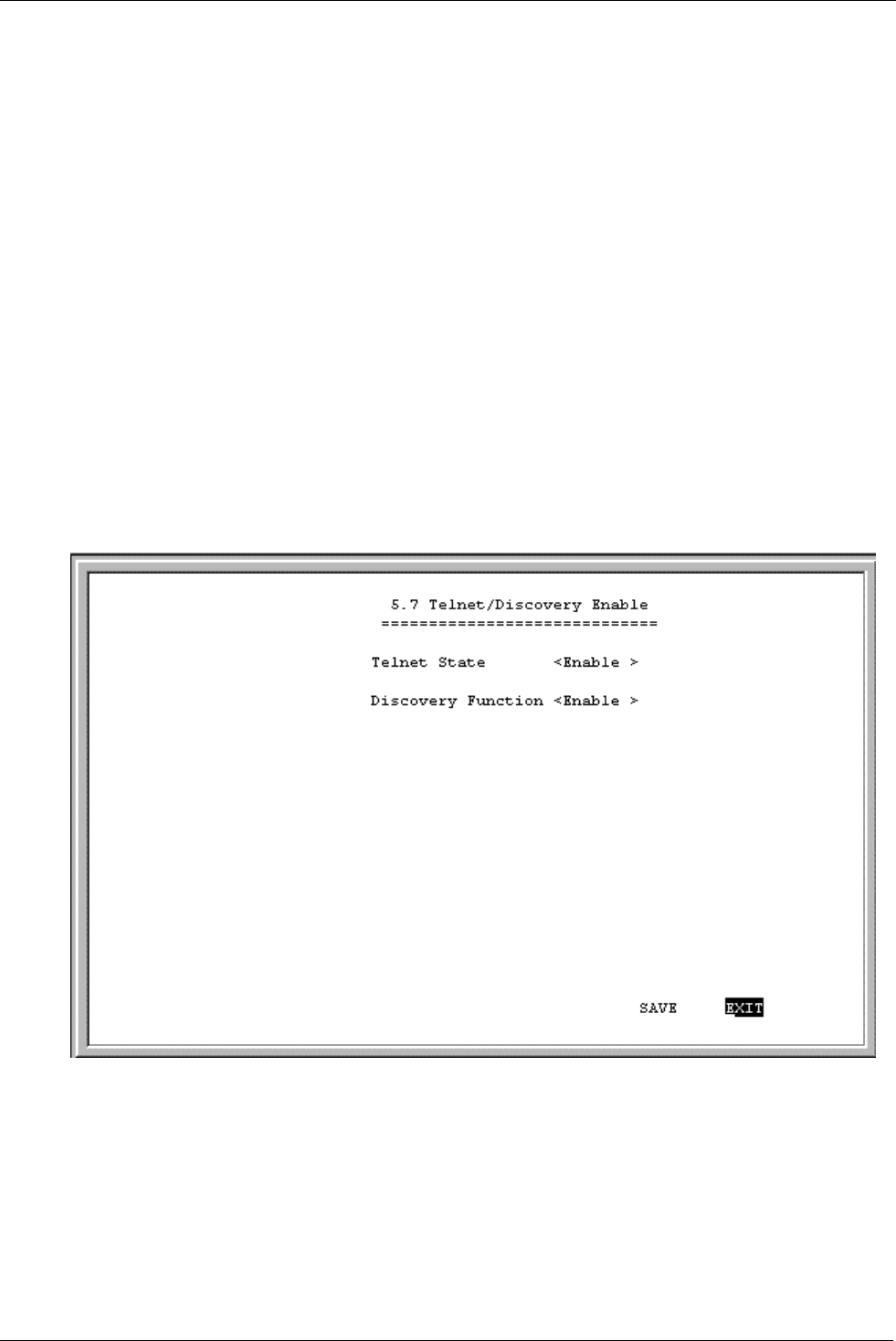
DI-1162/DI-1162M Remote Access Router
81
♦
Start Port
– Some applications can only send data over a certain range of port numbers. Thus, all port
numbers in the specified range must be exempt from the NAPT port translation process. This field defines the
beginning range of the port numbers to be exempted from the NAPT port translation process.
♦
End Port
– This field defines the last port number in the range of numbers excluded from the NAPT process
(see Start Port above).
♦
Connection Type
–
OutgoingControl
or
IncomingData
. The user must initially run the special application and
send a request to the application server on the Internet. This outgoing request to join a Netmeeting session, for
example, is used to trigger the exemption process for the incoming data.
In the example for the game Diablo shown in the above screen, if a packet is sent out on the TCP port number
6112 (a request by a local user to a Diablo server on the Internet to join a group game), all incoming packets on
the UDP port 6112 (game data) will not be translated by NAPT.
Please keep in mind that the user will always initiate use of the special application. Thus, the first entry should
always have the Connection Type of Outgoing Control. Also, since the defined port number or range of port
numbers will be mapped to the user who triggered the outgoing control, all incoming data will be sent to that user.
Consequently, only one user can use the special application at a time.
Telnet/Discovery Enable
The fields in the above window are described as follows:
♦
Telnet State
- This feature enables or disables the router’s ability to be configured over the LAN using telnet.
♦
Discovery Function
– Enabling this feature allows the router to be auto-discovered by D-Link SNMP
management software and the included Windows-based configuration software called
RouterView
.


















